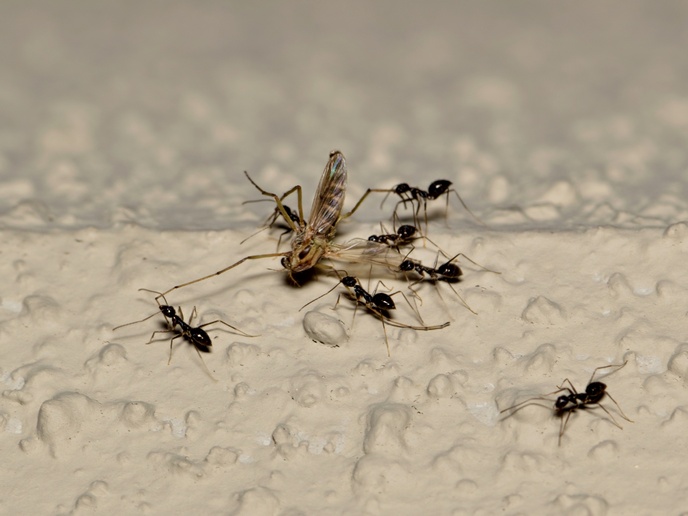New insights into how we perceive the world
Saccades are rapid, jerky eye movements that abruptly shift our gaze from one point of fixation to another. They are the fastest movement the human body produces. “When exploring a scene, we constantly make saccadic eye movements, around three per second, so we can process fine visual details,” explains PremotorPerception project member Nina Hanning from Humboldt University of Berlin in Germany. “As we have increasingly blurry vision at the periphery, this strategy allows us to collect high-resolution information on our surroundings, saccade-by-saccade.”
Perceiving a continuous, stable world
This sequential process however poses a major challenge for our visual system. Each saccade drastically shifts the image across the retina. How can we perceive a continuous and stable world around us, despite the incessant flow of seemingly uncorrelated snapshots? To tackle this question, the PremotorPerception project sought to better understand some of the perceptual dynamics around saccadic eye movements, and test which brain regions and mechanisms underlie them. The project was supported by the Marie Skłodowska-Curie Actions programme. “We asked volunteers to make several eye movements – several thousand in fact – and to distinguish elements on a computer screen,” says Hanning. “For example, is the pattern you are seeing tilted to the left or the right?” A high-resolution eye-tracking camera recorded where volunteers were looking, and when. This enabled the team to reconstruct how the brain dynamically adjusts perception. “We also used transcranial magnetic stimulation (TMS), a well-established and safe procedure that allows for disturbing the activity of a specific brain region for a few milliseconds,” adds Hanning. “The idea was that if the stimulation affects the perceptual effect, then we may have identified a crucial brain structure.”
Perceptual consequences of saccade preparation
The project team made some interesting discoveries. “We were able to show that our perception is strongly shaped by scene-structuring elements,” says Hanning. “We also demonstrated that while eye movement brings perceptual benefits, this also comes at a cost. Our perception at the centre of our gaze deteriorates, leaving us almost blind at the point of fixation every time we are about to shift our gaze.” The team discovered that the perceptual consequences of saccade preparation depend on saccade direction. For example, typical perceptual benefits at the saccade target are strongly reduced before upward saccades. In addition, the project found evidence that the brain prepares itself for the visual consequences of saccades. “We found causal evidence of this through applying TMS to frontal and visual areas during saccade preparation,” notes Hanning. “This matches previous findings in non-human primates.”
Natural, free-viewing eye movements
Hanning believes that the project has made some important advances in the field of visual perception. Through its groundbreaking experimental work, an innovative tool for measuring sensitivity dynamics around the visual field has been developed. This has potential for use not only in further research but also in providing clinical diagnoses. The discovery that our perception is markedly reduced at certain locations – and for certain saccade directions – could also lead to better designed and safer user interfaces. “We think that the PremotorPerception project has set the foundation for studying perceptual dynamics around more natural, free-viewing eye movements,” says Hanning.
Keywords
PremotorPerception, eye, saccades, vision, clinical, TMS, brain






